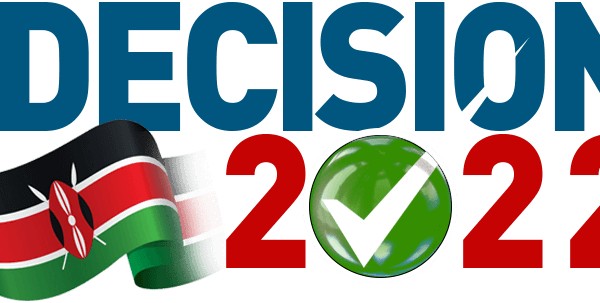As it appeared in the Daily Nation on March 14th, 2017
Every year, companies across the globe spend billions of dollars in training their staff. Staff training also dubbed as learning and development or capacity building is a key strategy in people management. Through training, knowledge is shared, competences are built and productivity is increased. At its best, training results to a change in behaviour and even change in attitude. To be considered effective, training must result to observable changes, only then can it be said to have had an impact.
Here in Kenya, companies are using different methods to meet their training objectives or as some unfortunately say, to spend the training budget allocated. Some pay college fees for their staff, others send their managers to executive programs and their staff to relevant courses while others conduct in-house in training either internally or externally facilitated. Before determining the best way to fill the training gaps, most smart companies conduct a gap analysis or training needs assessment and come up with an appropriate approach to build their teams’ knowledge, skills and attitudes.
Some training efforts are highly effective. Unfortunately, many other training efforts fail to have any impact or have little impact. Training for the sake of training is one main reason why some of our training efforts fail. In some organizations, I have met HR and training managers that only organize training sessions so that they tick a box on their deliverables. After the training, the staff are not held accountable to deliver on the new lessons learnt. I believe that some other training efforts fail because no new knowledge is shared, no new skills and attitudes are learnt or the information shared is irrelevant to the individuals and to the organization. In such cases, the training sessions turn out to be staff day outs.
According to Ann Latham a CEO advisor and Clarity Expert in the Boston area, training also fails because in many cases, it is not training that is needed and skills alone do not enable staff to succeed. It is therefore important for organizations to critically assess their skills gaps and improvements needed before jumping into training as a quick fix. In some instances, what is needed is a change in leadership style. In other organizations, an adjustment of the structure is what is needed, while in others, the recruitment process needs to be fixed.
A poor training approach can be as expensive as not training employees at all. Effective training should enable staff have a good understanding of their roles and how these roles fit into the entire organization. When this happens, staff are converted into the company’s brand ambassadors. Customer experience training for example is vital. However, such training is only effective if it encourages staff to commit to offering great experiences both internally and externally. This happens only when staff become aware of the holistic nature of customer experience and the link between meeting customer needs and organizational success. Howard Schultz the outgoing Starbucks CEO was once quoted as saying that his company spent very little money on advertising and more money on training its people. I am certain that Starbucks has an effective training approach. Before spending your training dollars, determine what will make the training impactful.
Lucy Kiruthu is a Management Consultant and Trainer connect via twitter @KiruthuLucy









